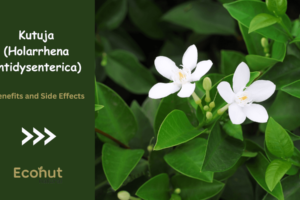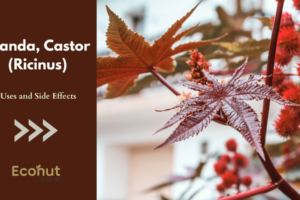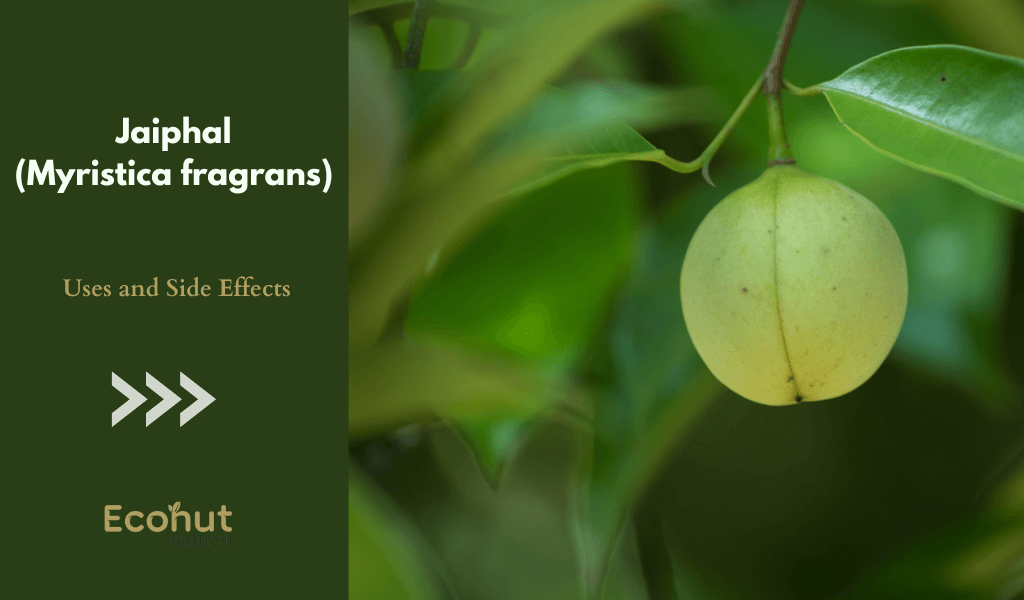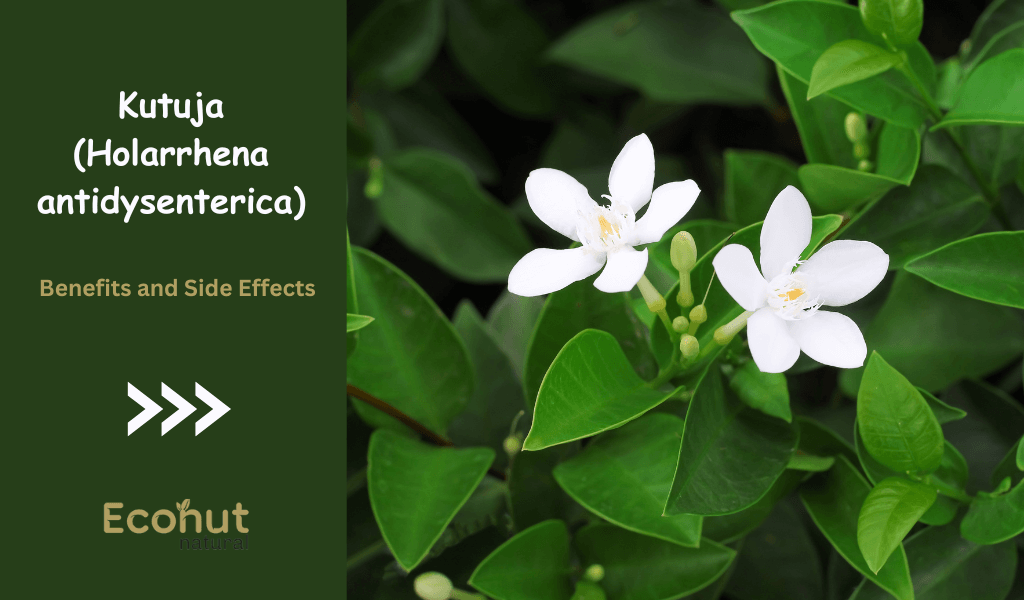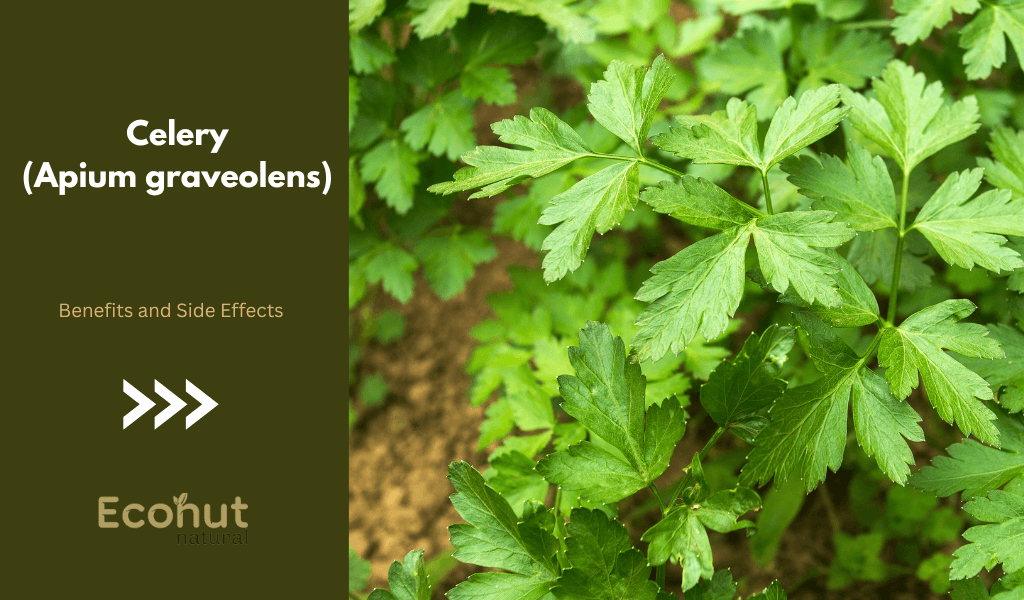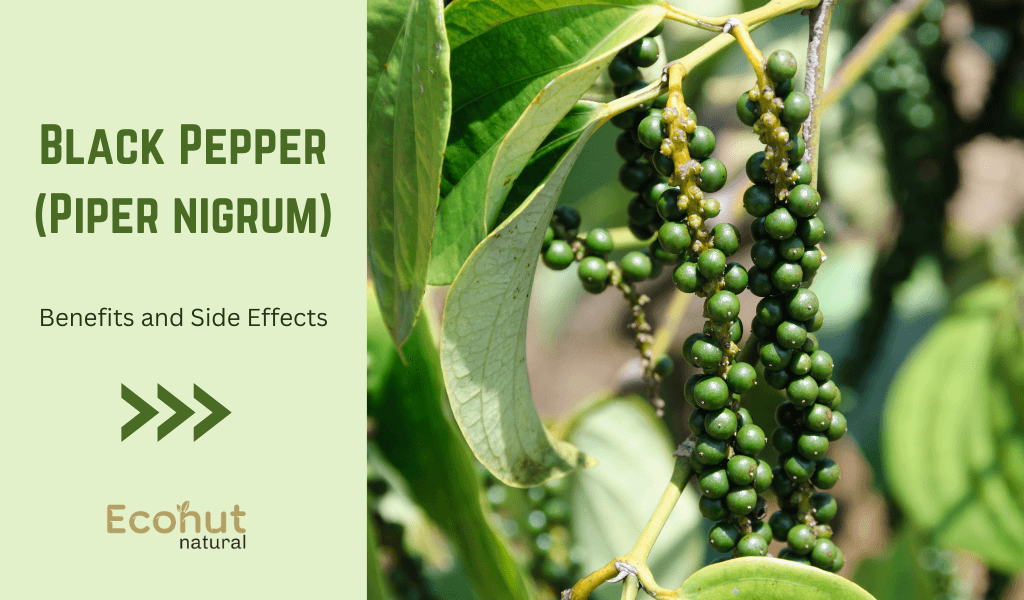Karavira, Indian oleander, scientifically known as Nerium oleander, is a highly ornamental and commonly cultivated shrub native to Southwest Asia and the Mediterranean region. It belongs to the dogbane family, Apocynaceae. Indian oleander is renowned for its attractive flowers, which come in various colors such as white, pink, red, or yellow, depending on the cultivar.
Indian oleander is also notorious for its toxicity. All parts of the plant, including the leaves, flowers, and sap, contain potent cardiac glycosides, which can be deadly if ingested. It’s important to handle this plant with care, especially around children and pets.
Scientific Classification of Karavira, Indian Oleander
Kingdom: Plantae
Subkingdom: Tracheobionta
Order: Gentianales
Family: Apocynaceae
Superdivision: Spermatophyta
Division: Mangnoliophyta
Class: Magnoliopsida
Subclass: Asteridae
Genus: Nerium
Species: Indicum
Names of Karavira, Indian Oleander
Hindi Name: Kaner, Kanail
Telugu Name: Erra Ganneru, Jannerat
English Name: Indian Oleander
Punjabi: Kanir
Bengali Name: Karavi
Marathi Name: Kanher
Gujarati Name: Kaner, Karena
Benefits of Karavira, Indian Oleander
Karavira, commonly known as Indian Oleander or Nerium indicum, is a plant with various benefits. However, it’s essential to note that while it has some medicinal properties, it can also be toxic if ingested or improperly used. Here weare explain some benefits are below.
Using in SkinCare:
Karavira is often used topically to treat skin conditions like eczema, psoriasis, and acne. The anti-inflammatory properties may help in reducing redness, swelling, and itching associated with these conditions.
Respiratory Disorders:
This plant is also used to treat respiratory conditions such as cough, asthma, and bronchitis. Their expectorant properties may help in loosening mucus and relieving congestion.
Uses supported by modern science:
The science found in this plant pharmaceutical properties such as antibacterial, antifungal, antiviral, cardio-stimulatory, cardio-tonic, anti-epilepsy anti-malarial etc.
responsible for its pharmacological properties are polysaccharides, terpenoids, alkaloids, glycosides, saponins, and tannin. Leaves contain two principal glycosides neriin and oleandrin.
Antioxidant Properties:
Indian Oleander contains antioxidants that help in neutralizing harmful free radicals in the body. This may contribute to overall health and well-being by reducing oxidative stress.
For Cardiovascular Health:
It may help in lowering blood pressure and cholesterol levels, thus reducing the risk of heart diseases. so karavira known as cardiovascular benefits.
Other Benefits of Karavira, Indian Oleander
- Useful in Relieving Pain
- Provide relief as it is good anticular
- It has Bradycardic effect as it can slow the heart rate.
- Prevention or Treatment of Cancer
- Reduction of Inflammation Benefits.
- Act as antibacterial, antiseptic agent
Properties
Hindi / Sanskrit
- Rasa, Katu, Tikta
- Guna, Laghu, Rooksha
- Virya, Ushna
- Vipaka, Katu
English
- Taste, Pungent, Bitter
- Physical Property, Light, Dry
- Potency, Hot
- Metabolic Property (After Digestion), Pungent
Also More: Home Remedies for Itchy Scalp
Karavira, Indian Oleander Side Effects
Karavira, commonly known as Indian Oleander or Nerium indicum contains toxic compounds such as cardiac glycosides, oleandrin, nerioside, and digitoxigenin, which can have serious effects if ingested or even if in contact with the skin. Here we are explain some side effects are below:
Cardiac toxicity:
The cardiac glycosides present in Karavira can affect the heart, leading to irregular heart rhythms (arrhythmias), cardiac arrest, and even death. Ingesting any part of the plant can lead to severe cardiac complications.
Gastrointestinal effects:
Ingesting Karavira can cause nausea, vomiting, abdominal pain, and diarrhea. These symptoms may start shortly after ingestion and can be severe.
Neurological effects:
Ingestion of Karavira can lead to neurological symptoms such as dizziness, confusion, weakness, and seizures. These effects can be particularly dangerous and may require immediate medical attention.
Respiratory effects:
Inhaling smoke from burning Karavira plant material can cause respiratory irritation and difficulty breathing.
Death:
In severe cases of poisoning, ingestion of Karavira can lead to death, particularly due to its cardiac effects.
Dermatological effects:
Contact with the sap or other parts of the plant can cause skin irritation, redness, blistering, and rash. Skin contact should be avoided to prevent dermatological reactions.
Conclusion
Karavira, or Indian Oleander, holds a prominent place in Indian mythology and traditional medicine. Despite its cultural significance, its potent toxicity, containing cardiac glycosides, poses severe risks if ingested. Consequently, while revered for its beauty and symbolic value, caution is paramount when dealing with this plant due to its potential lethality.
FAQS
Is Karavira poisonous?
Yes, Karavira is highly toxic. All parts of the plant contain toxic compounds, including oleandrin and nerioside, which can be fatal if ingested. Even small amounts of the plant can cause symptoms of poisoning, including nausea, vomiting, abdominal pain, dizziness, and irregular heartbeat.
Are there any medicinal uses for Karavira?
Despite its toxicity, Karavira has been used in traditional medicine for various purposes, including the treatment of skin conditions, heart ailments, and even cancer. However, its use in traditional medicine is controversial due to its high toxicity and the availability of safer alternatives.
How do I handle Karavira safely?
If you need to handle Karavira for any reason, it’s important to wear gloves and avoid contact with your skin. Wash your hands thoroughly after handling the plant and be sure to keep it out of reach of children and pets.
What should I do if someone ingests Karavira?
If someone ingests Karavira or is suspected of ingesting any part of the plant, it’s essential to seek immediate medical attention. Call emergency services or a poison control center for guidance. Do not induce vomiting unless instructed to do so by medical professionals.


